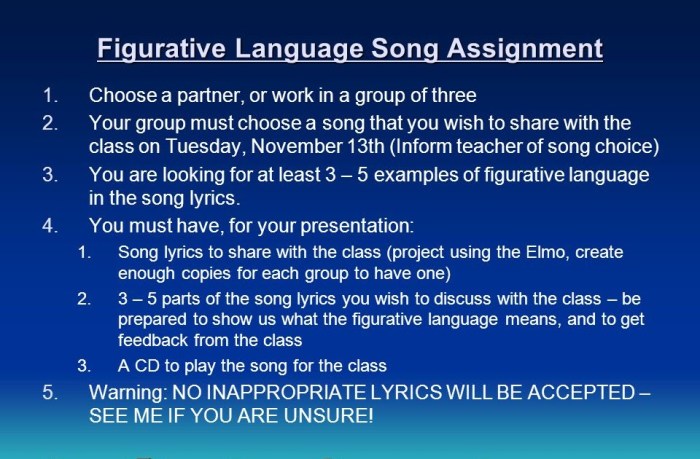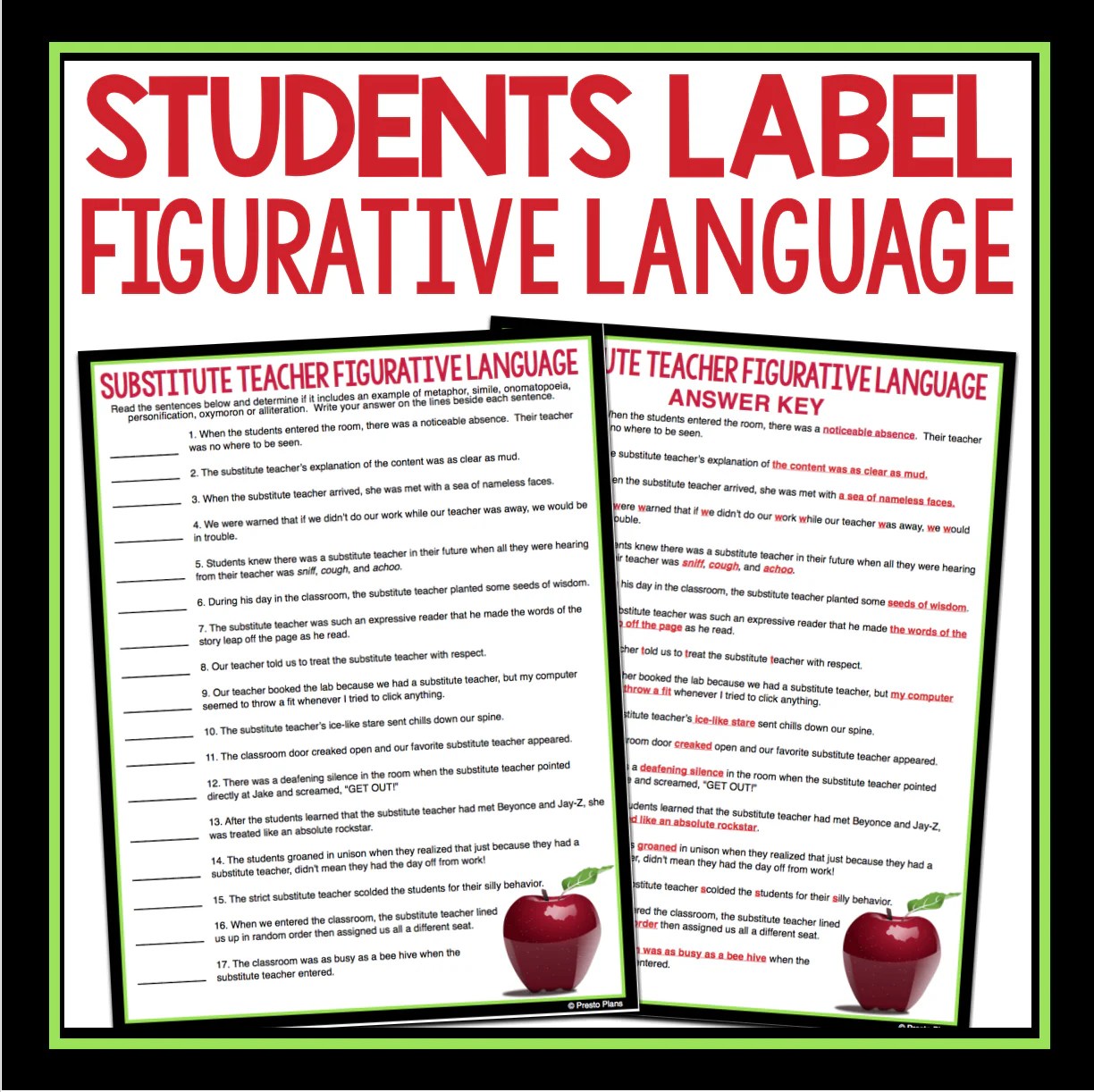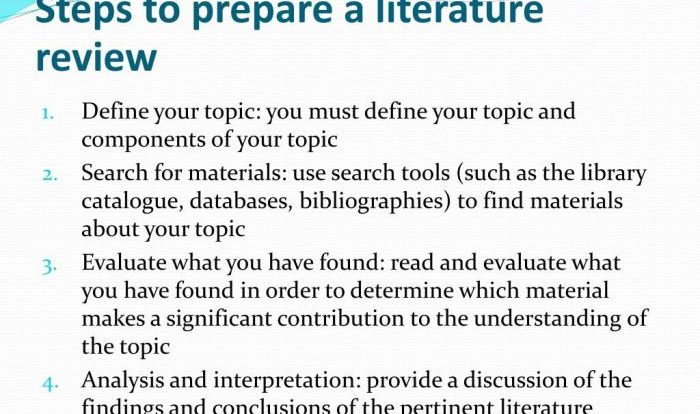Rikki-tikki-tavi figurative language answer key – Rikki-Tikki-Tavi: Figurative Language Answer Key provides a comprehensive analysis of the literary devices employed in Rudyard Kipling’s beloved tale. This in-depth guide explores the significance of figurative language in storytelling and its impact on the narrative’s characters, setting, and themes.
Through meticulous analysis, this answer key identifies and explains the various types of figurative language used in the story, including metaphors, similes, personification, symbolism, and allegory. It demonstrates how these literary devices enhance the reader’s understanding and appreciation of the story’s deeper meanings and significance.
Figurative Language in “Rikki-Tikki-Tavi”

Rudyard Kipling’s “Rikki-Tikki-Tavi” is a classic tale that showcases the power of figurative language in storytelling. Through vivid imagery, metaphors, and personification, Kipling brings the characters and setting to life, enhancing the reader’s understanding of the story’s themes and characters.
Types of Figurative Language in “Rikki-Tikki-Tavi”
Kipling employs a variety of figurative language techniques in “Rikki-Tikki-Tavi,” including:
- Metaphors:Implied comparisons that equate two unlike things, e.g., “the garden was a green veil”
- Similes:Explicit comparisons using “like” or “as,” e.g., “the mongoose was as quick as a flash”
- Personification:Giving human qualities to nonhuman things, e.g., “the snakes hissed their hatred”
Analysis of Figurative Language in Key Scenes
Kipling’s use of figurative language is particularly effective in key scenes, such as:
- The Battle with Nag:The mongoose’s swiftness is emphasized through similes, while the snakes’ threat is conveyed through personification.
- Rikki-Tikki’s Defense of Teddy:Metaphors create a vivid image of the garden as a battlefield, highlighting the mongoose’s bravery.
Symbolism and Allegory, Rikki-tikki-tavi figurative language answer key
In addition to figurative language, Kipling employs symbolism and allegory in “Rikki-Tikki-Tavi.” For example, the mongoose represents good triumphing over evil, while the garden symbolizes the sanctuary of home.
FAQ Insights: Rikki-tikki-tavi Figurative Language Answer Key
What is the significance of figurative language in Rikki-Tikki-Tavi?
Figurative language plays a crucial role in enhancing the story’s narrative, characterization, and themes, allowing readers to connect with the characters on a deeper level and appreciate the story’s underlying meanings.
How does the use of metaphors contribute to the reader’s understanding of the characters?
Metaphors create vivid comparisons that help readers visualize the characters’ personalities, motivations, and actions, providing a deeper insight into their nature.
What is the purpose of personification in the story?
Personification brings inanimate objects and animals to life, allowing them to take on human qualities and characteristics, which adds depth and richness to the narrative.

